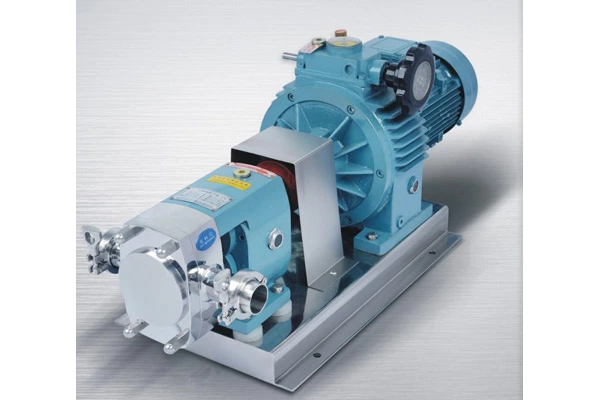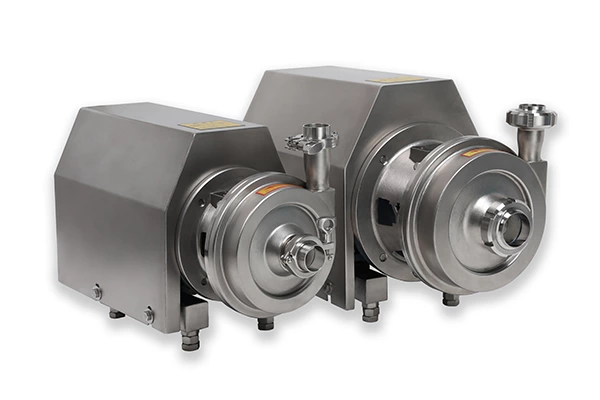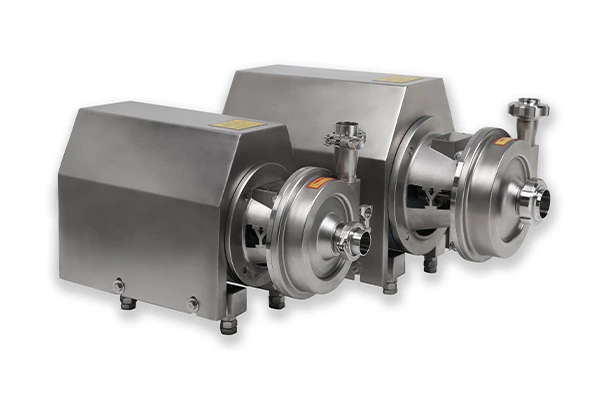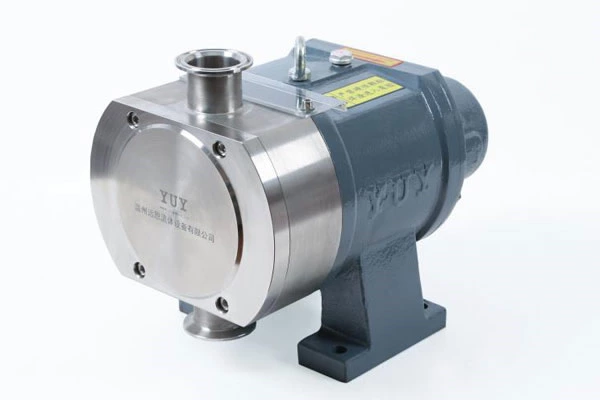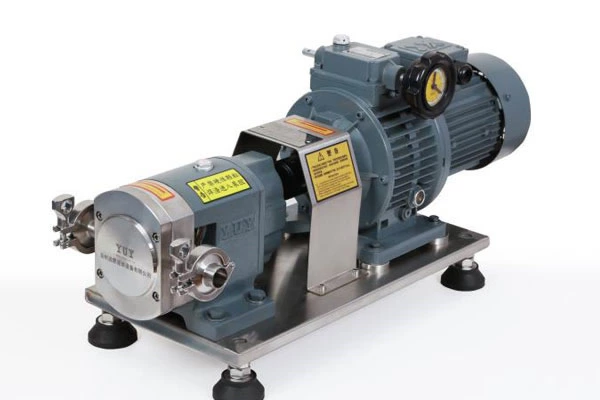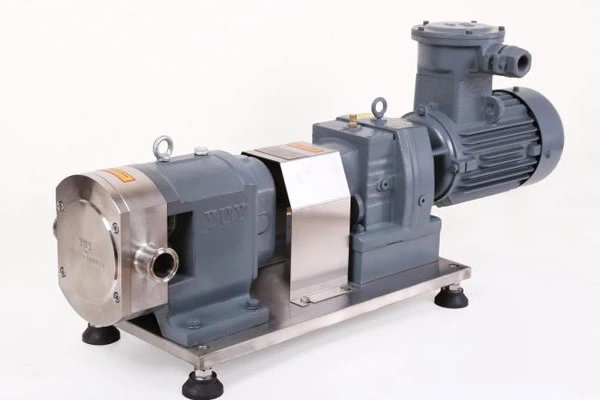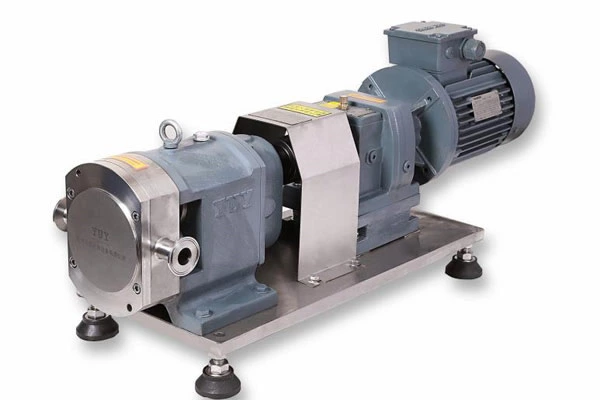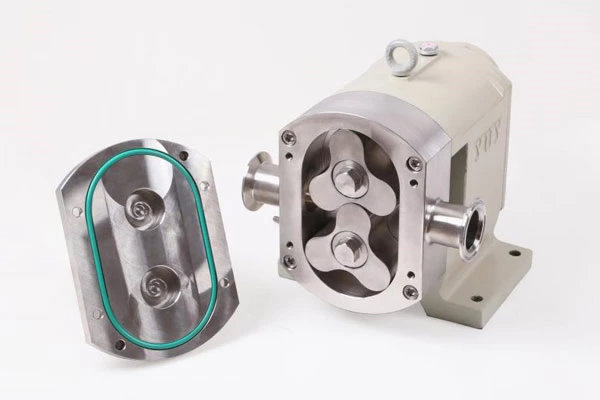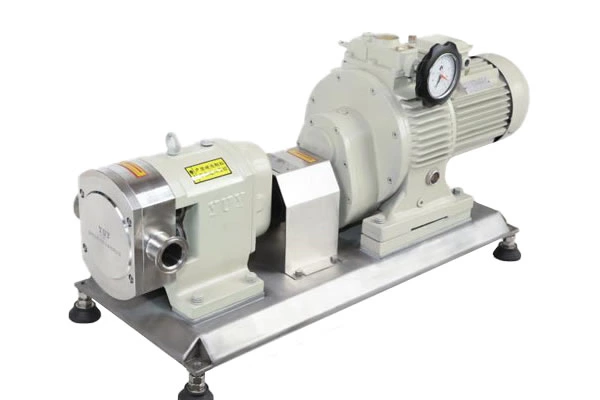Causes And Solutions For Blockage Of Sanitary Rotary Vane Pumps
It can tear and cut long fibers, bags, belts, grass, cloth strips and other materials in sewage, and then discharge them smoothly. It is particularly suitable for conveying liquids containing hard solids and fibers, as well as particularly dirty, sticky and slippery liquids. AS, AV submersible sewage pumps.
Why is the anti-clogging performance of Sanitary Rotary Lobe Pump increasingly valued? This is mainly due to two reasons: First, the increase in sewage disposal costs. Industrial enterprises are working hard to reduce the water consumption per unit of product production, which makes the content of solid matter and fiber in sewage higher and higher. Second, sanitary rotary vane pumps are increasingly using energy-saving means, that is, the speed adjustment drive mode, but speed adjustment cannot guarantee whether the sanitary rotary vane pump will be blocked.
In response to the problem of frequent blockage of the impeller of the machine pump by impurities, the method of clearing each blockage overnight was adopted in the early stage of equipment operation. Although this avoids shutdown, the pump body is often disassembled, resulting in increased wear of parts such as the machine pump mouth ring, and each clearing consumes a lot of manpower. In order to change this situation, a carbon steel dirt blocking box is installed at the water inlet pipe of the machine pump, with a 45. inclination. A filter is used in the box to filter impurities again to avoid blockage. The team cleans the pollution 1 to 3 times a month. After the implementation of this plan, certain effects have been achieved and the labor consumption has been alleviated. There is a vent valve at the bottom of the pollution box, but there are still dead corners. After some sewage and impurities accumulate in the dead corners, it is easy to cause minor gas poisoning injuries to personnel during cleaning, which is not conducive to safe operation.
The rotor blades of sanitary rotary vane pumps are divided into two types, namely swirl blades and cutting blades. These two types of blades are the most widely used. The swirl impeller does not move in the medium being transported. According to the principle of fluid dynamics, the medium to be pumped is guided into the pump cavity, and the pumped medium flows past the impeller. In this way, the long fibers or solid matter in the pumped liquid medium are also pumped out together. The cutting blades can chop up larger block solid matter, so that it will no longer be blocked.
